
Artwork 1: Still
Lucky Horses - Ma Dao Thanh Cong
Dream II
Passion Project
Dream II (Giac Mo II) is a series of artworks created to reflect the perspective of the younger generation on the first-generation Honda Dream — a motorbike that was first imported into Vietnam decades ago. The vehicle is seen as a symbol of youthful dreams and ambitions, an enduring image through time. This piece captures the intimate moment of contemplating that dream up close, magnifying both the beauty of the motorbike and the deep desire to reach one’s aspirations.
This project takes the familiar shape of a simple Honda Dream and reimagines it in a dream-like world, turning an ordinary object into something surreal — something that reflects the idea of an ideal desire.
It’s the most ambitious project I’ve created so far, pushing me in both visual storytelling and the craft of 3D production. Working on it gave me the space to explore the full production process from early concepts and storyboards to modeling, rigging, texturing, look development, rendering, and animation. It was a chance to refine my skillset as a generalist 3D artist.
This project takes the familiar shape of a simple Honda Dream and reimagines it in a dream-like world, turning an ordinary object into something surreal — something that reflects the idea of an ideal desire.
It’s the most ambitious project I’ve created so far, pushing me in both visual storytelling and the craft of 3D production. Working on it gave me the space to explore the full production process from early concepts and storyboards to modeling, rigging, texturing, look development, rendering, and animation. It was a chance to refine my skillset as a generalist 3D artist.



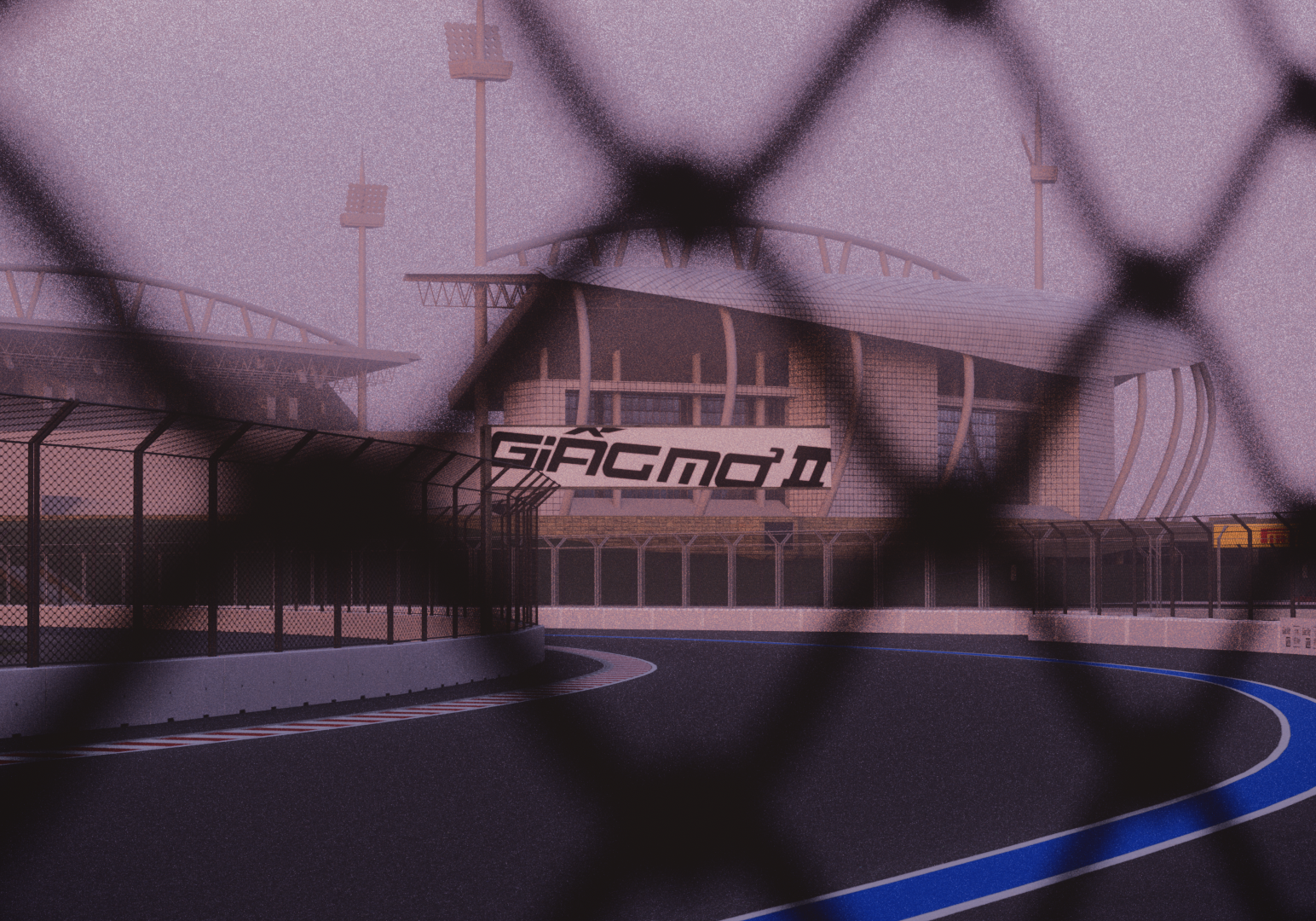



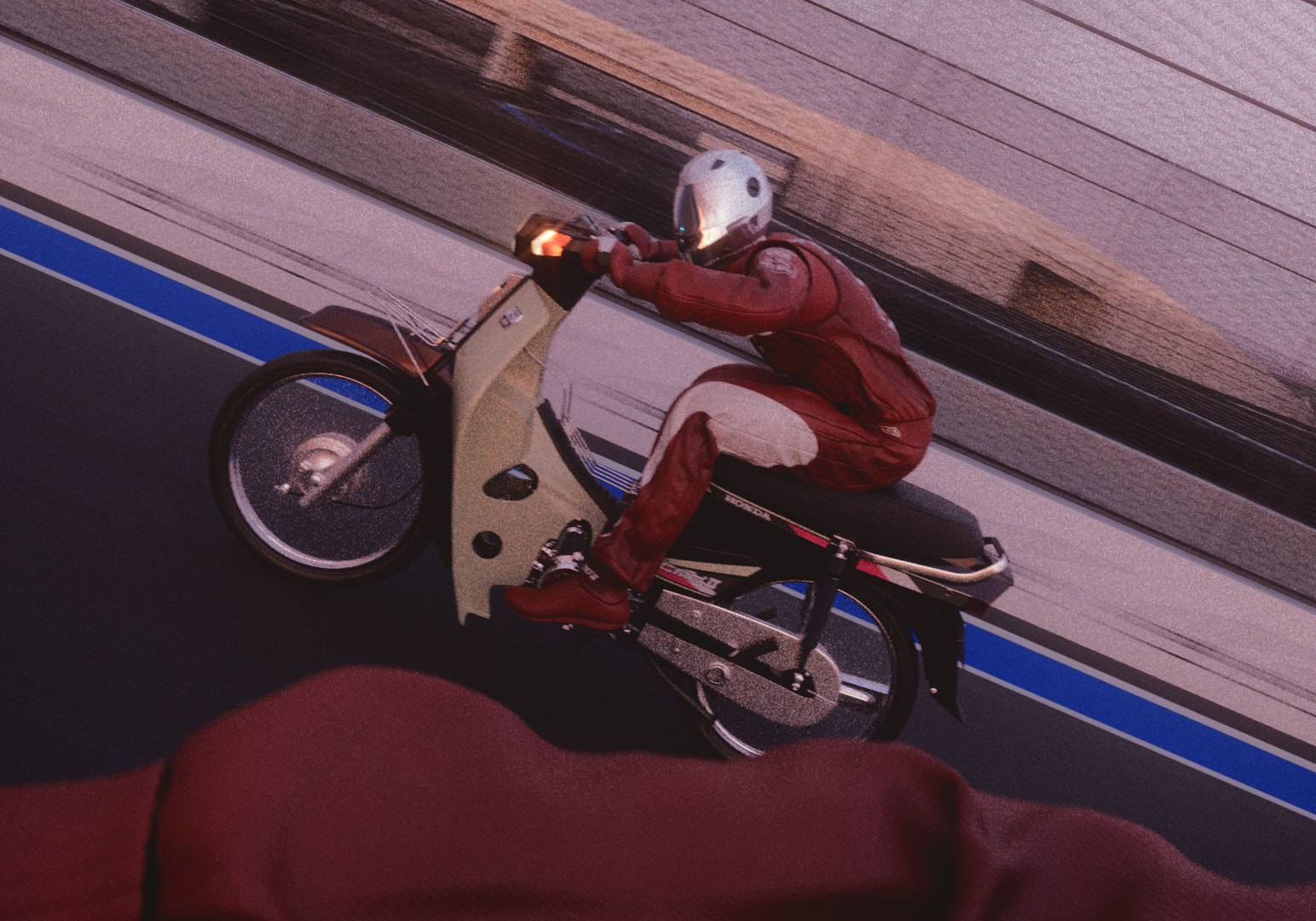
Artwork 2: Animation
DreamChasing
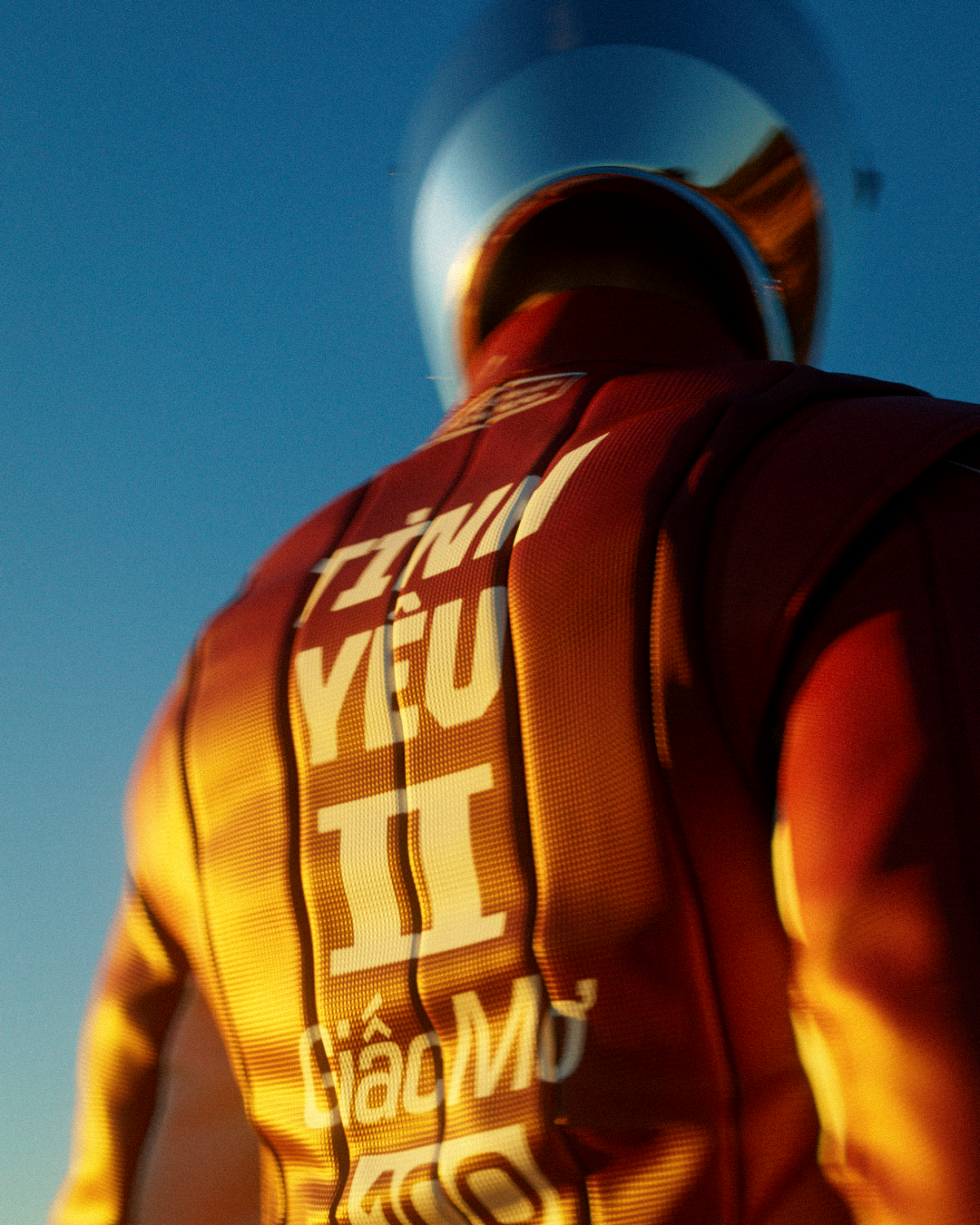



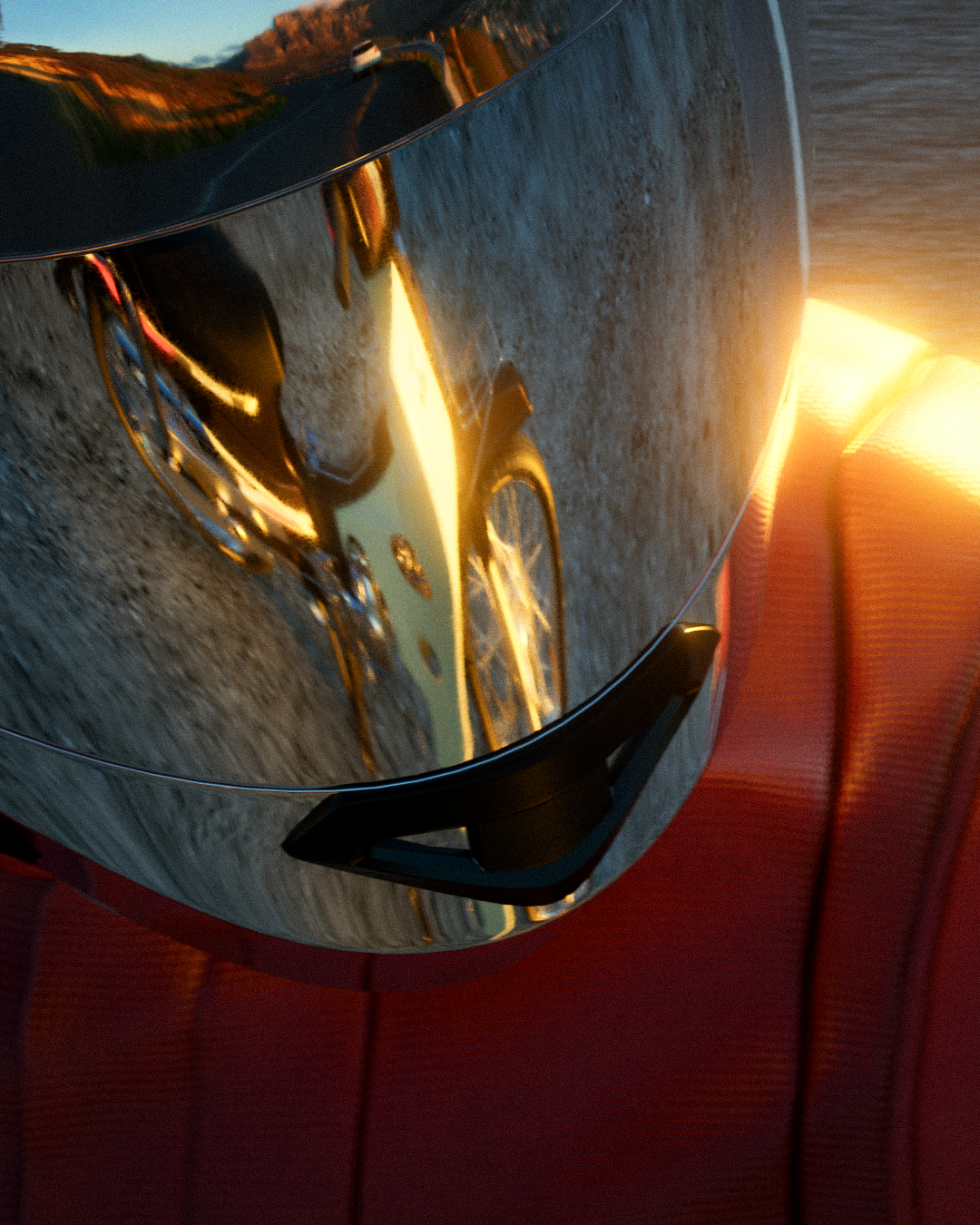

Artwork 3: Still
DreamChaser
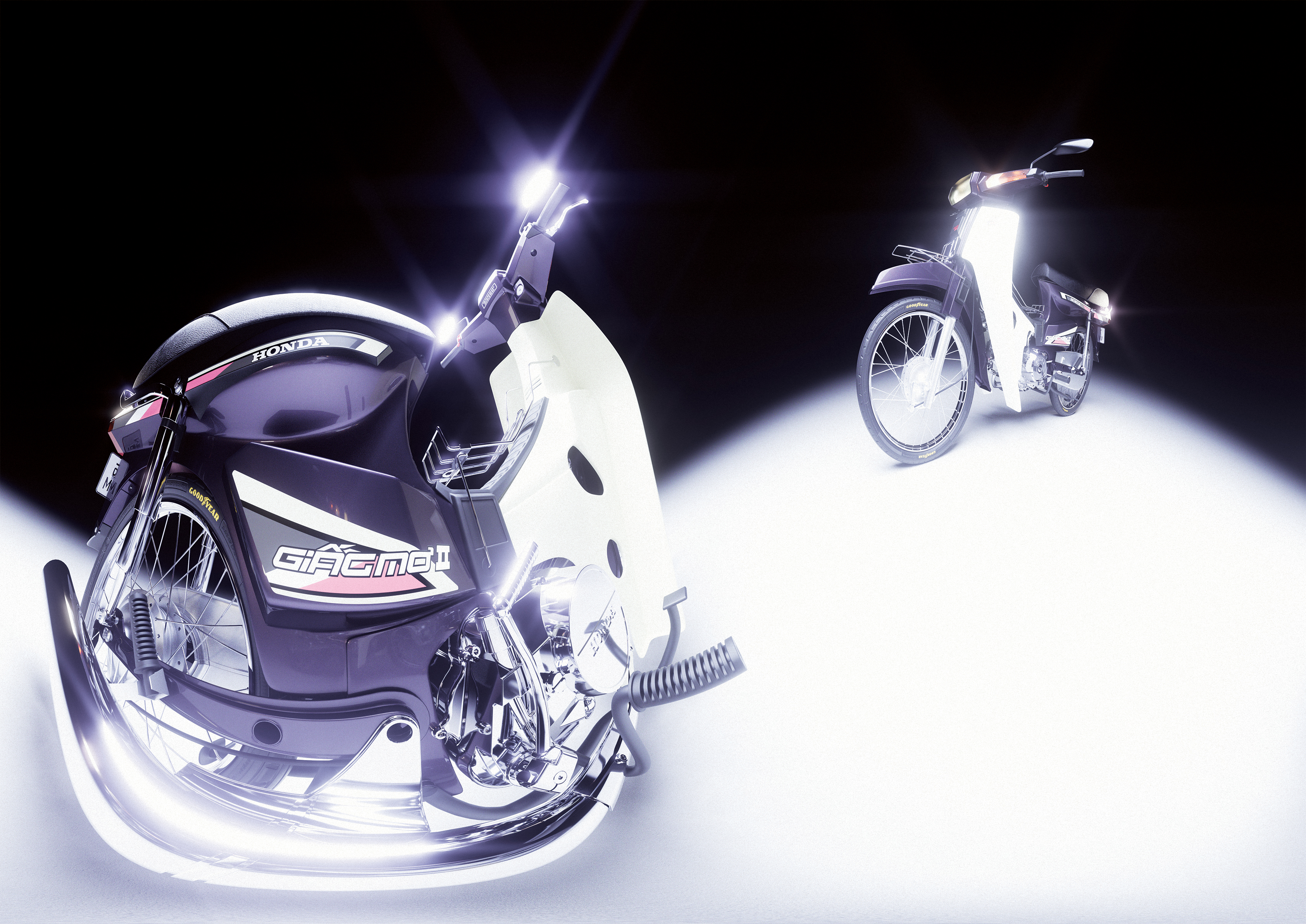
This artwork looks at the motorbike from a fresh perspective—how we see it, what it represents, and the way it ties into the core memories of a generation. It was later featured in Ngóc Ngách – Core Memories, an augmented reality art and design exhibition organized by Field Design Collective. There, the Dream stepped beyond the digital screen and became an interactive AR experience, letting the audience connect with it in a more personal and immersive way.

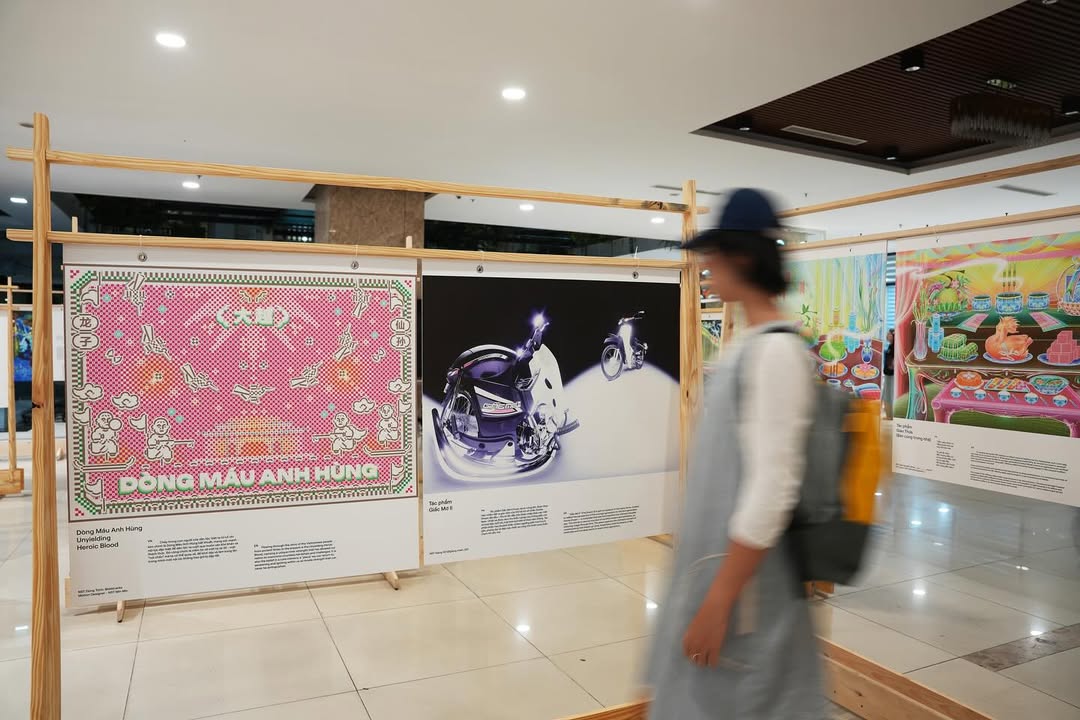
Artwork 4: Still/Animation
Dream II (Giac Mo II)




Artwork 5: Still
WildDream
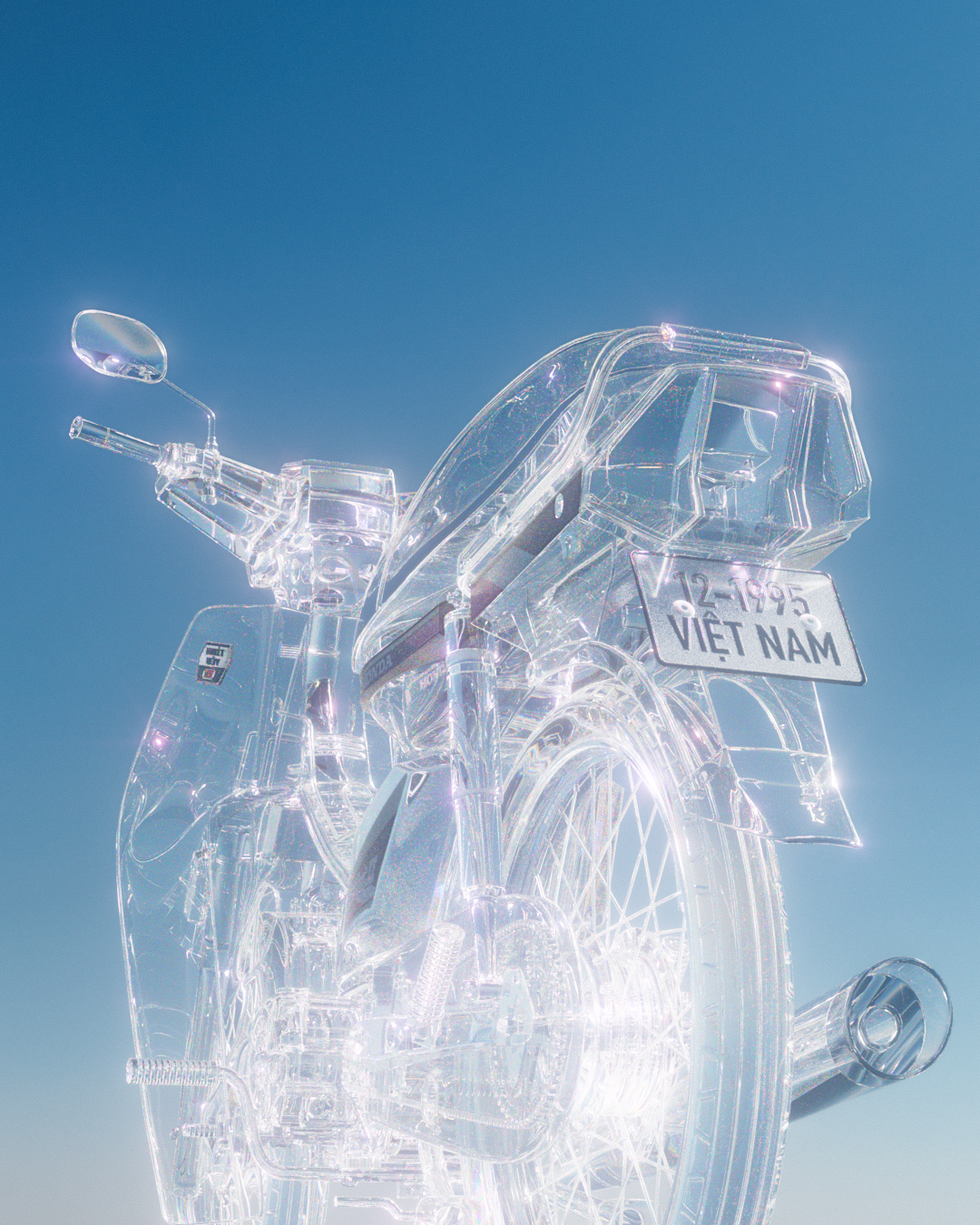
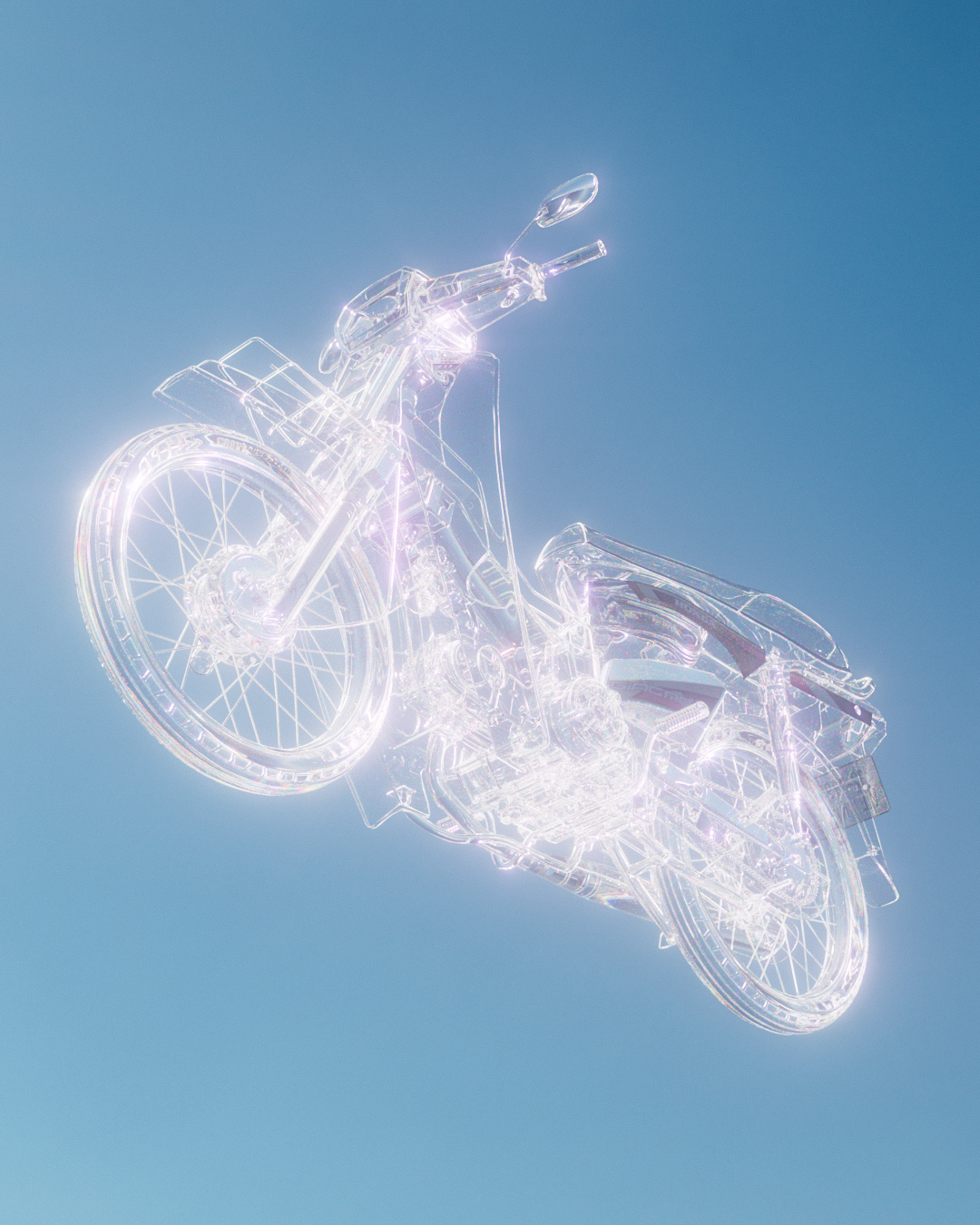
Artwork 6: Still
DayDream
The Making Of
To model the Dream as accurately as possible, I relied on an official Honda catalog that showed every assembly step and detailed each parts LINK. From major components down to tiny nuts and bolts. Along with reference photos of my father’s bike. The whole process took around six months, mostly done in my free time and after work. Working at this pace gave me the chance to focus on the details and stay true to the original design of the Dream. The final result is a clean, almost accurate base model that I can continue customizing and building on in future variations.
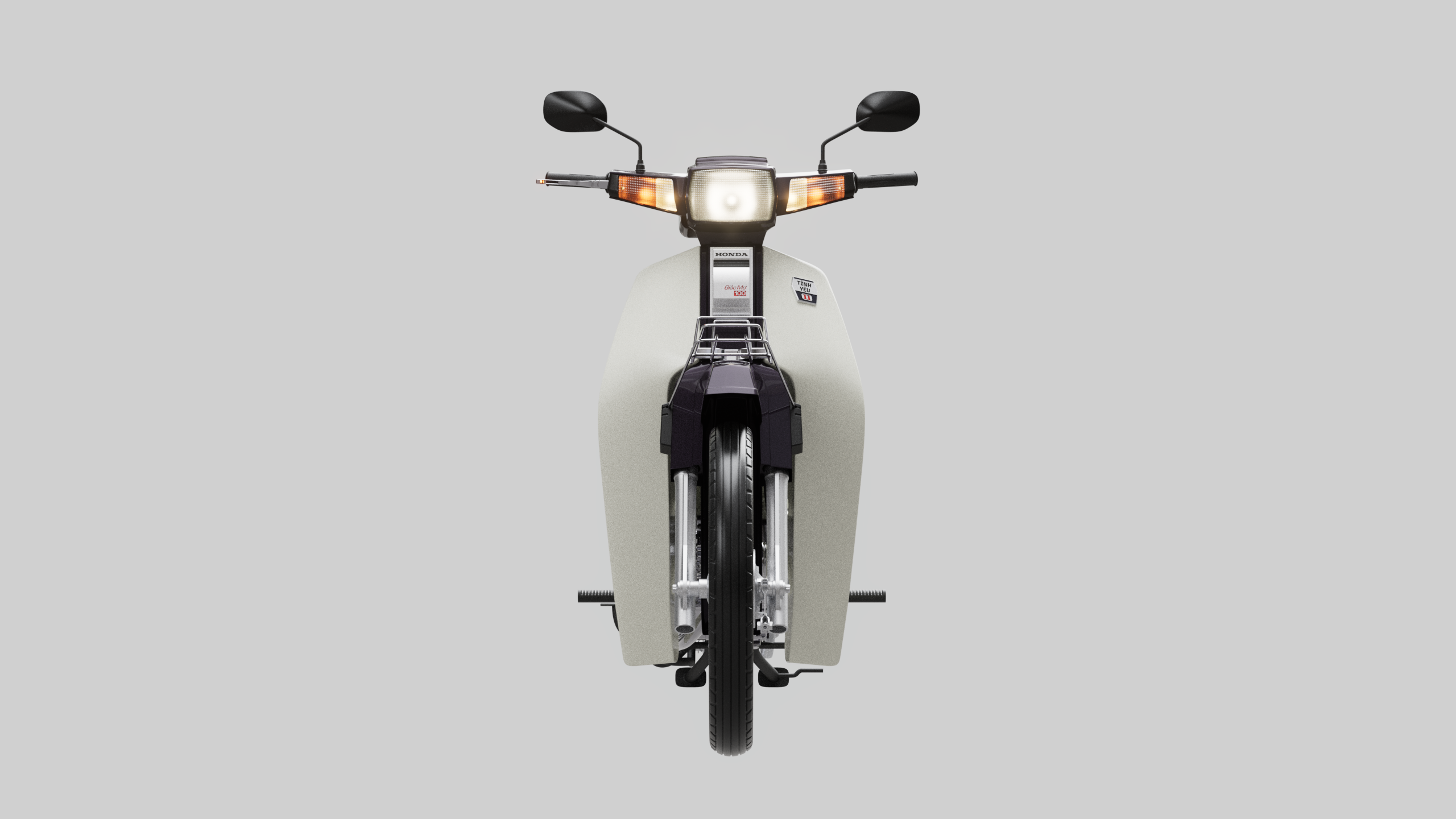
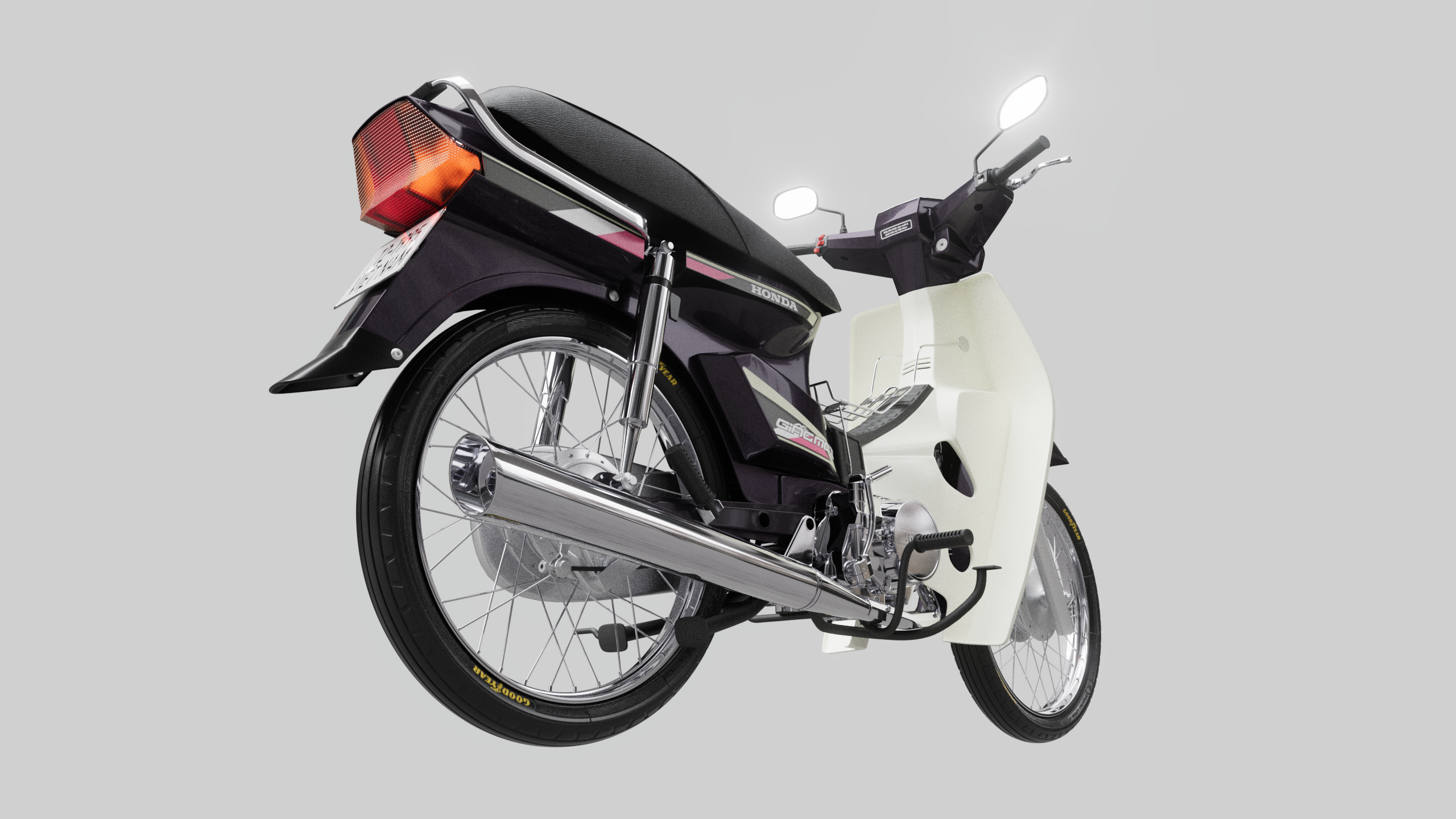



























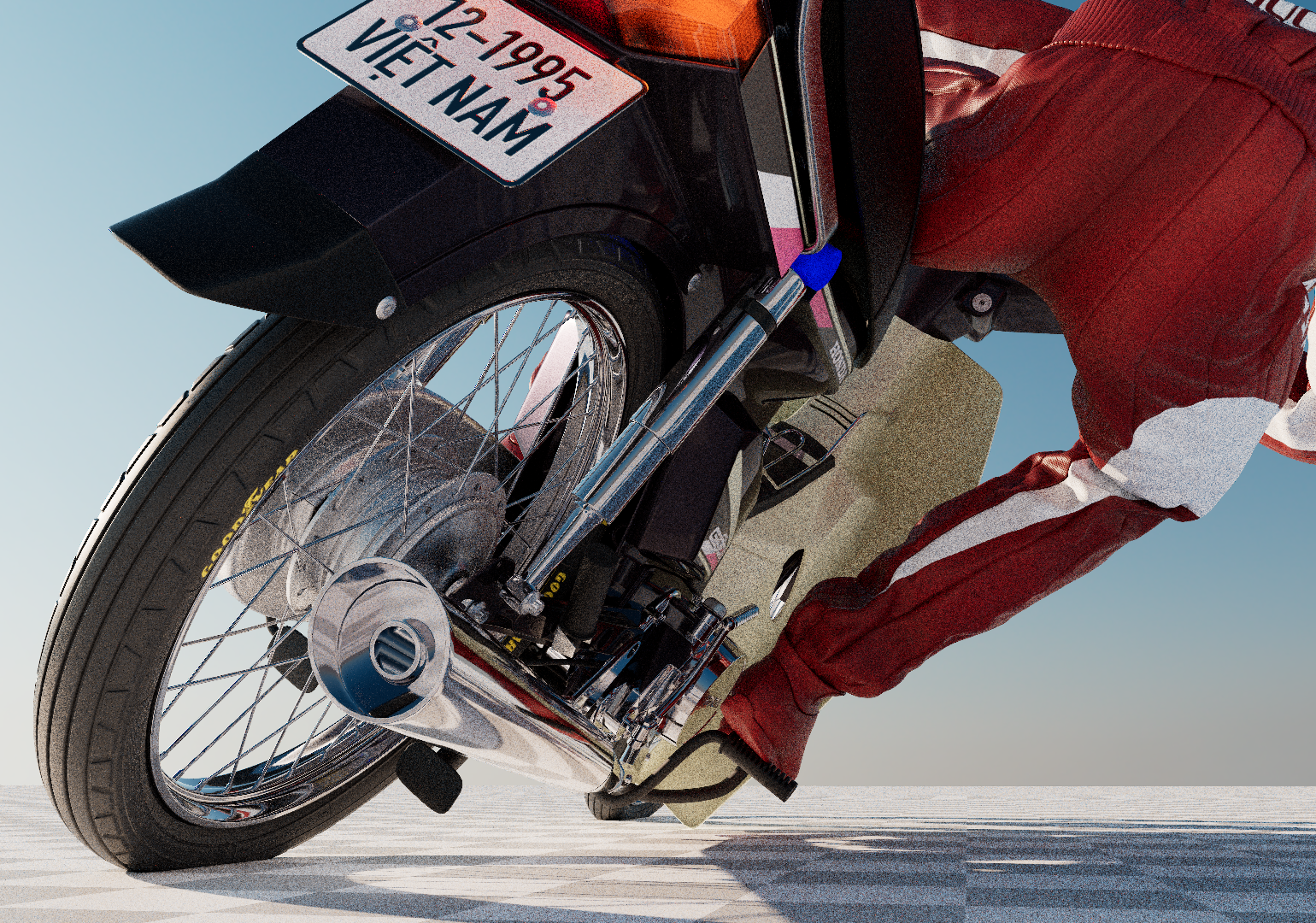

Mãi
Creative
Rice Studios
Scope of work
Art Direction
Look Development
Modeling/Animation/Render
Rice Studios
Scope of work
Art Direction
Look Development
Modeling/Animation/Render
“Mãi” means “forever” in Vietnamese. It’s a furniture brand created by Rice Studio, produced by Minh Chuong Furniture, and made from recycled materials supplied by Plastic People. For Mãi’s rebranding, I had the chance to collaborate with the creative, communications and operation team at Rice to shape a new visual direction. We combined everyday product photography with playful, expressive animation to tell the story of continuous recycling—showing how plastic and other waste materials can be reborn with joy, color, and character.
With the art direction in place, these visuals were developed for the brand’s pop-up event, campaign materials, social media, and website. The animation and overall composition became the heart of the project—dynamic, engaging, and designed to help audiences feel the spirit and energy behind the brand.
With the art direction in place, these visuals were developed for the brand’s pop-up event, campaign materials, social media, and website. The animation and overall composition became the heart of the project—dynamic, engaging, and designed to help audiences feel the spirit and energy behind the brand.
Process
To bring the product line to life, I recreated the entire set of Mãi’s pieces. From remodeling and developing realistic textures by observing the imperfection on each products. Besides the animation, one of the most enjoyable parts of the project was scanning and photographing the real materials, letting the digital models feel as close to the physical objects as possible.
The final collection of visuals is lively and versatile, and can easily extend into graphic applications and other expressive uses across the brand.
The final collection of visuals is lively and versatile, and can easily extend into graphic applications and other expressive uses across the brand.












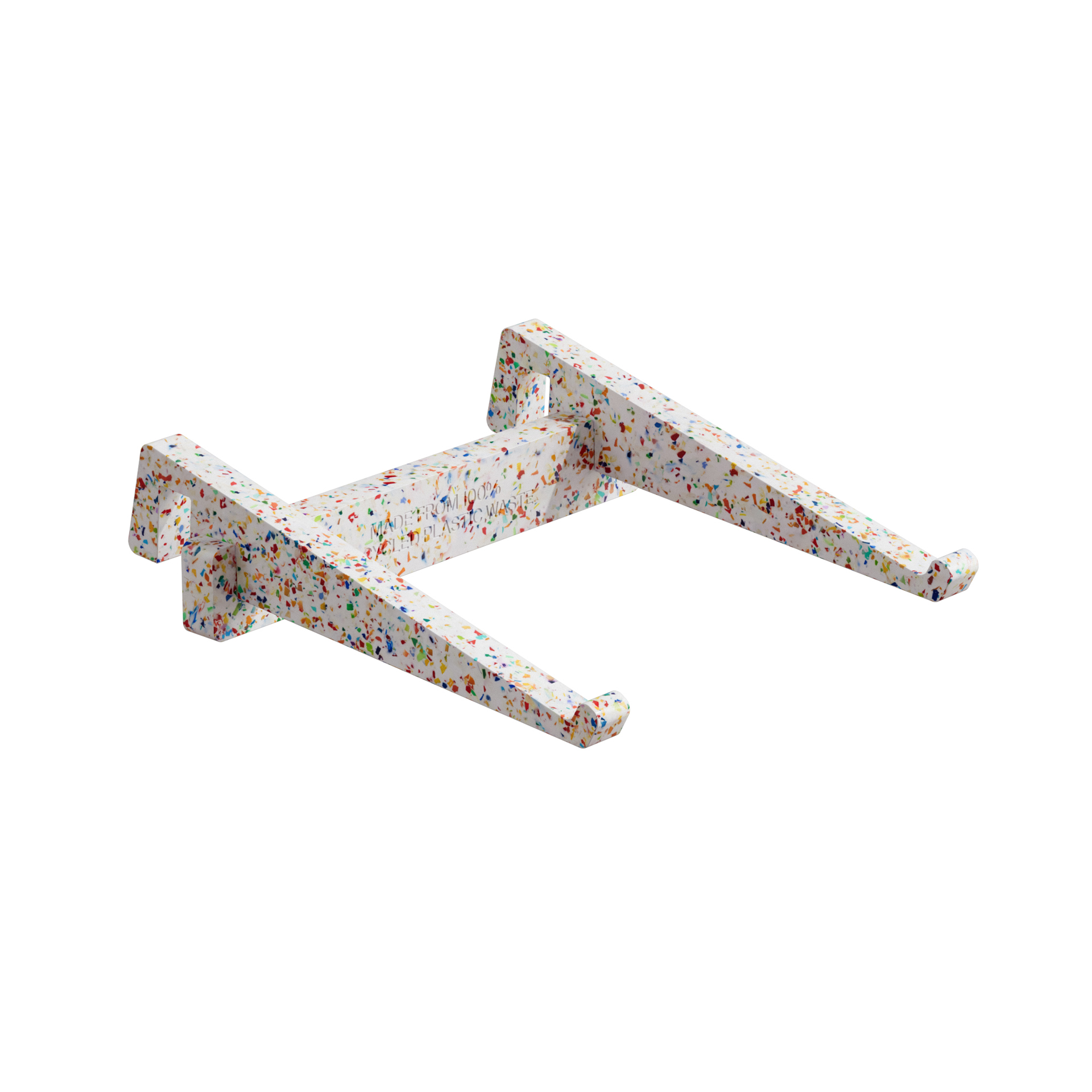

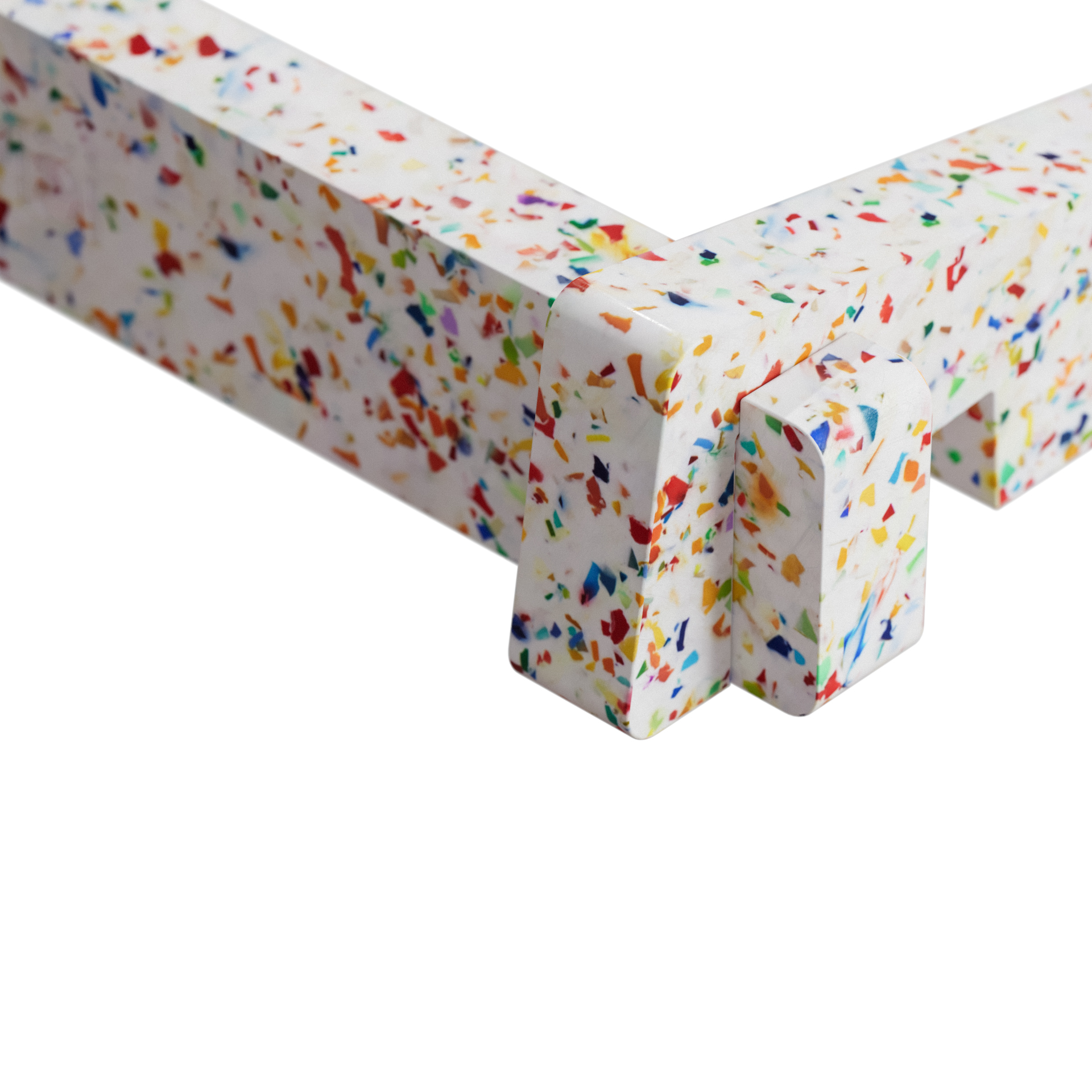
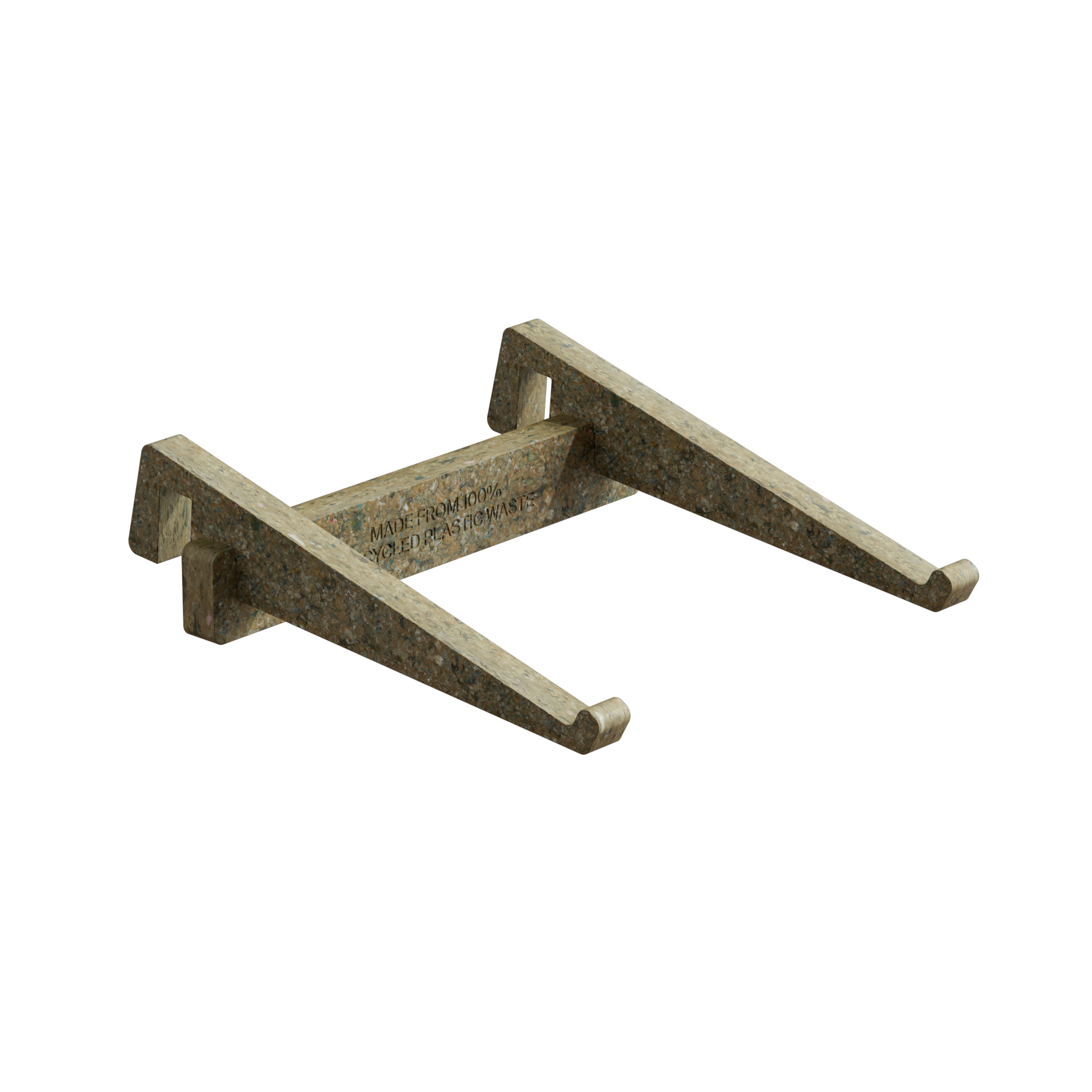
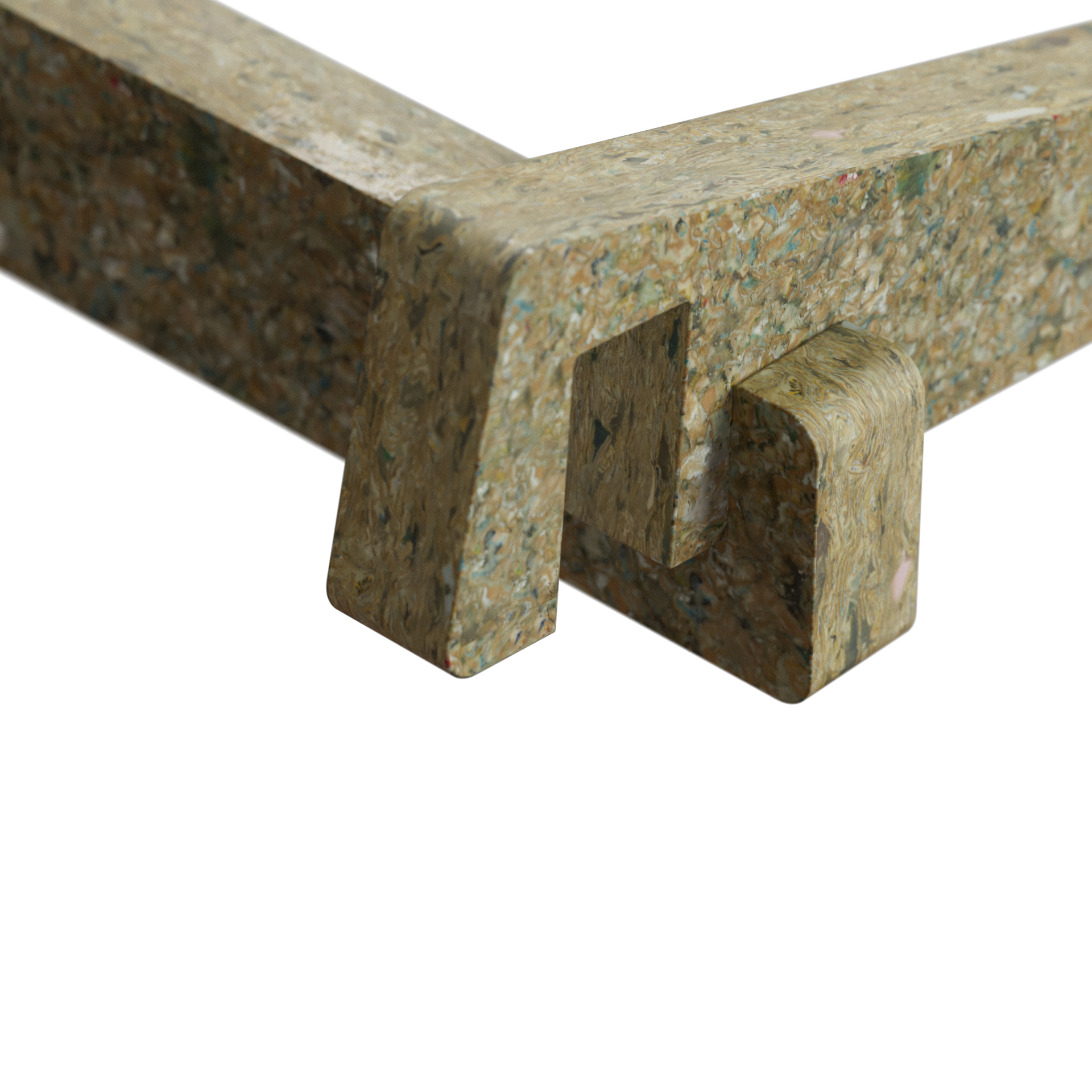
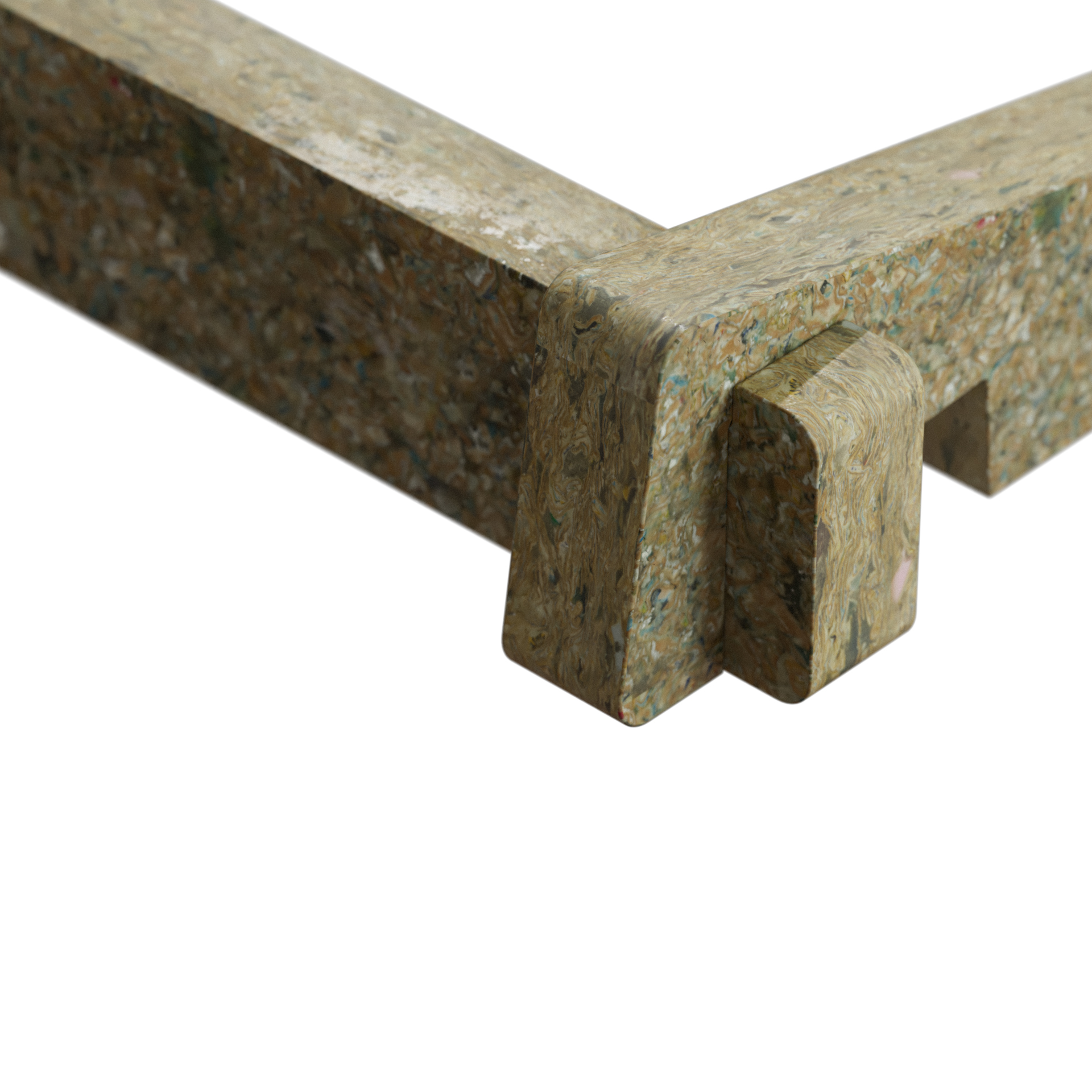

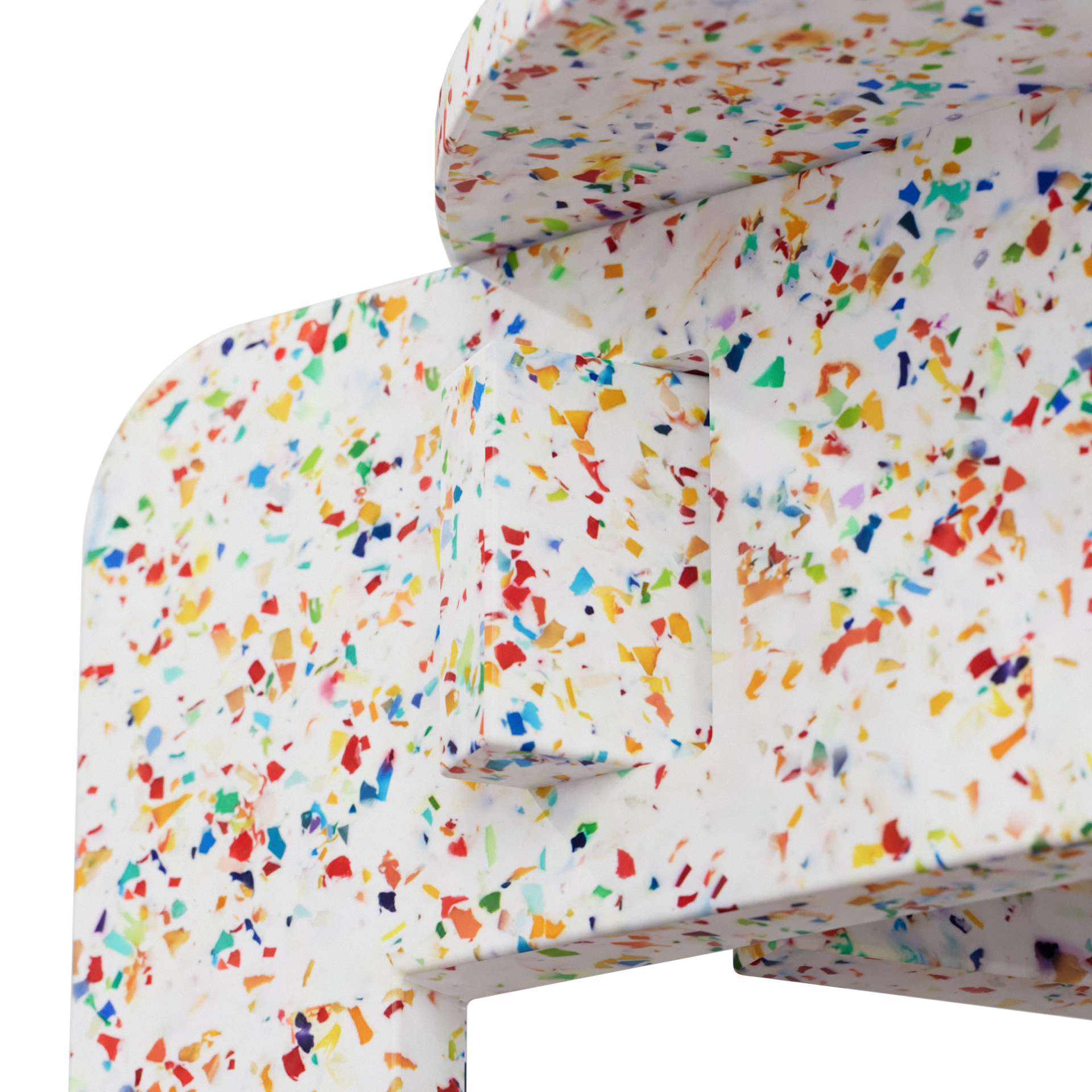









NUEN MOTO
Timeless Vision
Timeless Vision
Design Contest
NUEN MOTO
Scope of work
Short Film/Animation
NUEN MOTO
Scope of work
Short Film/Animation
NUEN MOTO is a startup founded on the belief that purposeful, human-centred design can reshape mobility—and, in turn, the world. Driving that change incrementally, running the business with Scandinavian-inspired efficiency and rigorous financial discipline. Cultivating proprietary core technologies and reinforcing their own manufacturing capability. Embody the modern Vietnamese spirit—daring, innovative, and deeply connected to both heritage and the future.
Celebrating Vietnam’s 2050 Net-Zero Target, NUEN MOTO held a design contest at the end of 2024 where artists and designers share their vision of a clean futuristic Vietnam companing with NUEN MOTO’s signature bike model N1-S.
For my entrance piece, I created a short animated film called Tuan Hoan—which means “repeat, loop.” The film imagines a future where electric batteries can be reused to power a city’s infrastructure, then recycled and brought full circle back into N1-S batteries. It’s a vision of an energy cycle that creates no waste and gives back to the environment. In this work, I wanted to combine both CGI scenes and real life footages that I captured around Ho Chi Minh City to convey a sense of honest and realism to the animation.
Celebrating Vietnam’s 2050 Net-Zero Target, NUEN MOTO held a design contest at the end of 2024 where artists and designers share their vision of a clean futuristic Vietnam companing with NUEN MOTO’s signature bike model N1-S.
For my entrance piece, I created a short animated film called Tuan Hoan—which means “repeat, loop.” The film imagines a future where electric batteries can be reused to power a city’s infrastructure, then recycled and brought full circle back into N1-S batteries. It’s a vision of an energy cycle that creates no waste and gives back to the environment. In this work, I wanted to combine both CGI scenes and real life footages that I captured around Ho Chi Minh City to convey a sense of honest and realism to the animation.








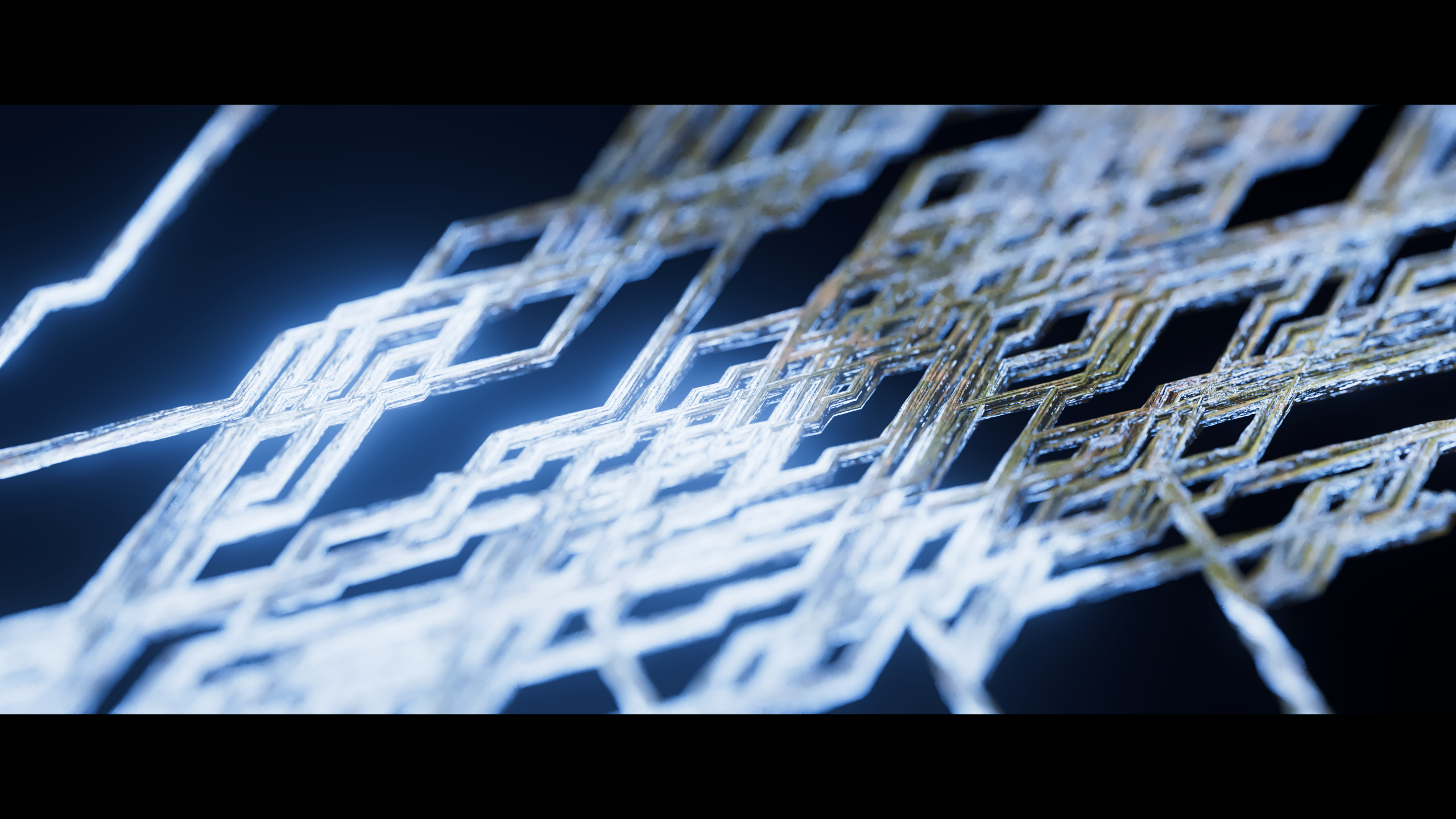





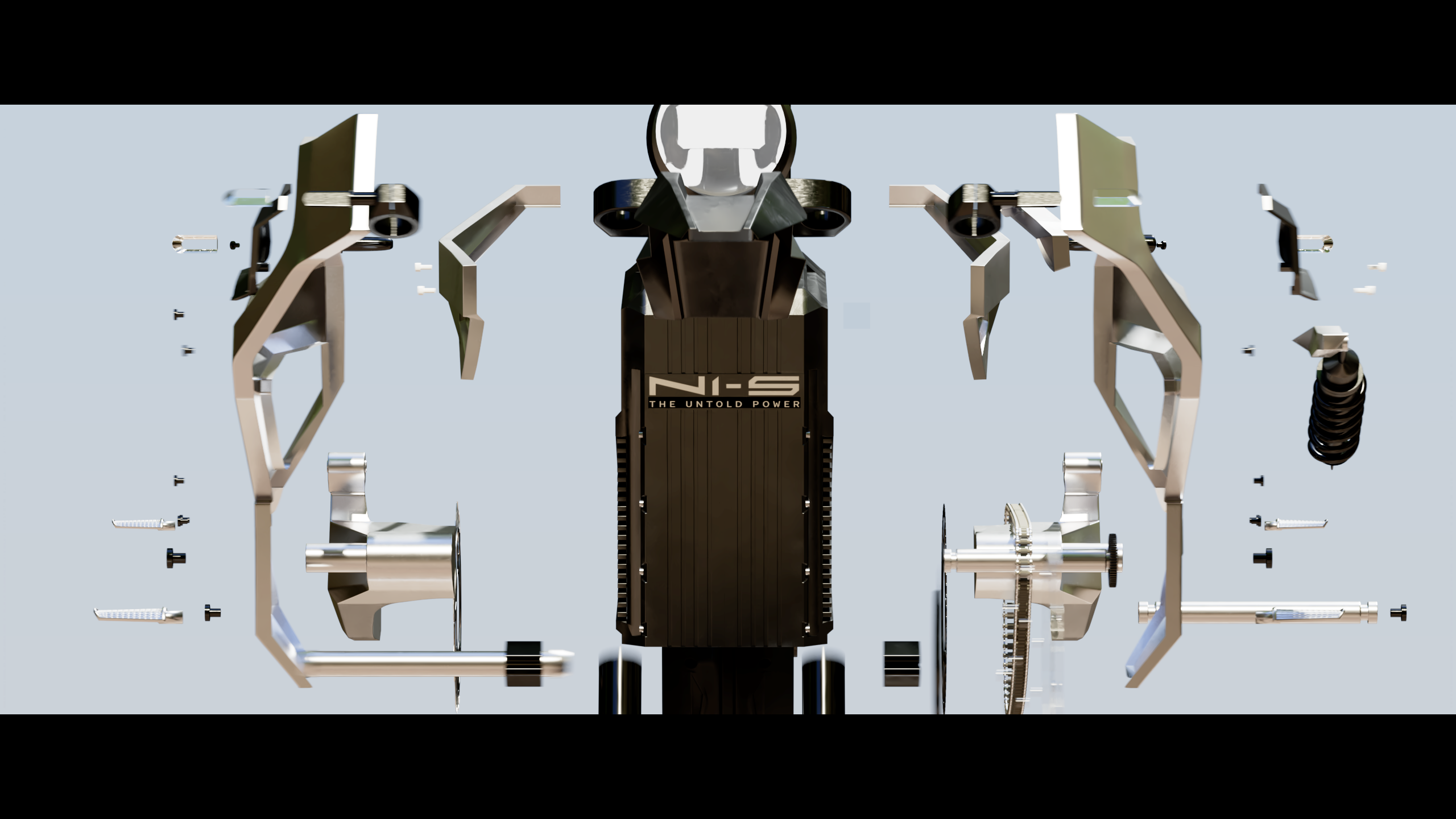

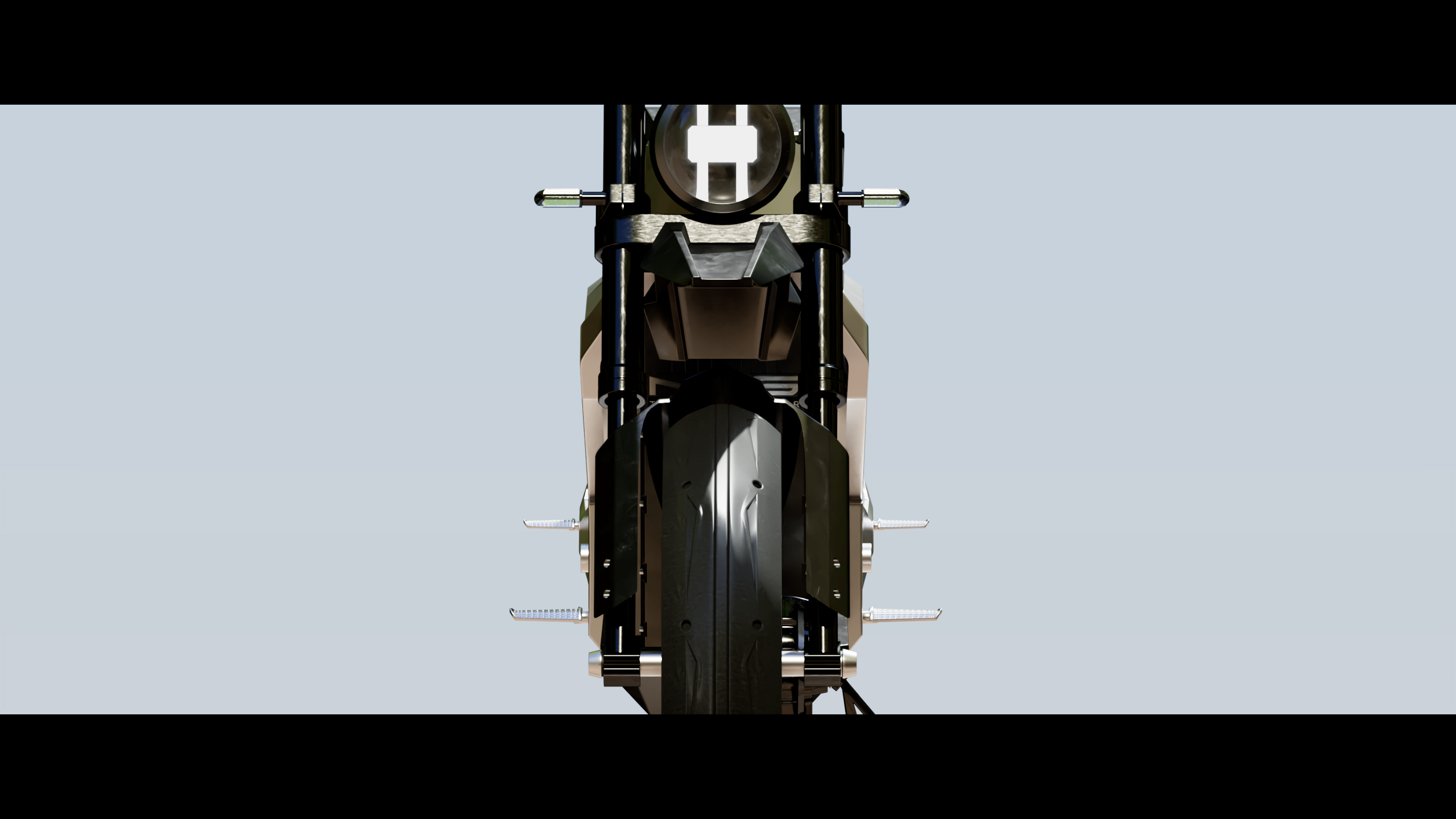
IM Triathlon
Phu Quoc 2024
Phu Quoc 2024
Creative
Rice Studios
Scope of work
Product Design
Art Direction
3D Visualization
Asset
Quixel Megascan
Rice Studios
Scope of work
Product Design
Art Direction
3D Visualization
Asset
Quixel Megascan
The IRONMAN® 70.3® Triathlon Series is the world’s premier half-distance triathlon series consisting of over 150 qualifying races in 50+ countries, regions and territories across the world.
In 2024, the triathlon took place in Phu Quoc, Vietnam, and I had the chance to work with the team at Rice to design the event’s medal. Inspired by the identity “The Pearl of Phu Quoc,” we wanted the medal to feel like something you might find naturally by the sea—almost like an ammonite shaped over time by waves and sand.
That idea became the starting point of the design process. What makes the medal special is its form: a continuous spiral that begins on the front and flows into the back, pulling the eye toward the center. This unbroken line represents the endurance and strength of the athletes as they push through the race, capturing both movement and determination in a single shape.
In 2024, the triathlon took place in Phu Quoc, Vietnam, and I had the chance to work with the team at Rice to design the event’s medal. Inspired by the identity “The Pearl of Phu Quoc,” we wanted the medal to feel like something you might find naturally by the sea—almost like an ammonite shaped over time by waves and sand.
That idea became the starting point of the design process. What makes the medal special is its form: a continuous spiral that begins on the front and flows into the back, pulling the eye toward the center. This unbroken line represents the endurance and strength of the athletes as they push through the race, capturing both movement and determination in a single shape.
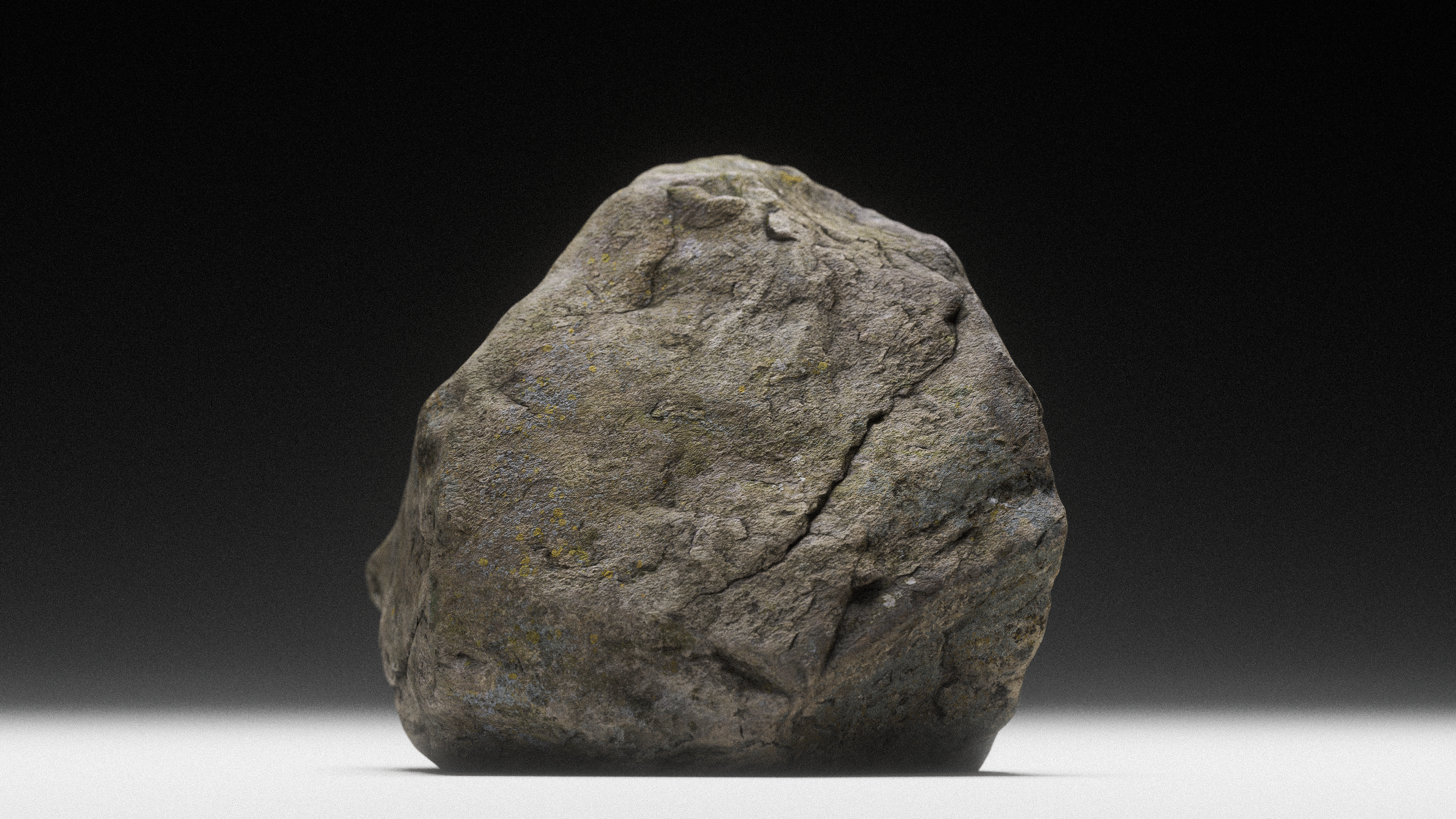




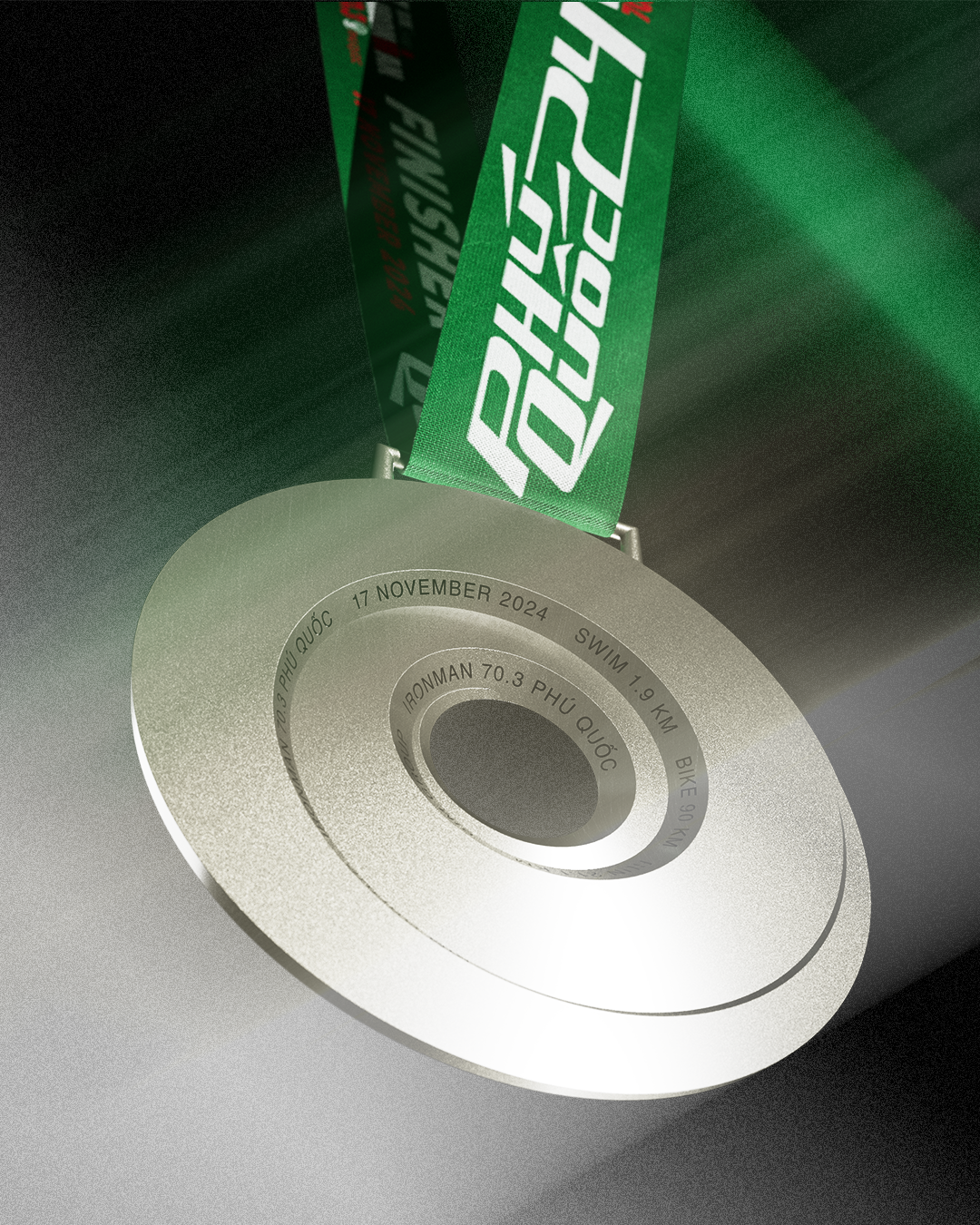
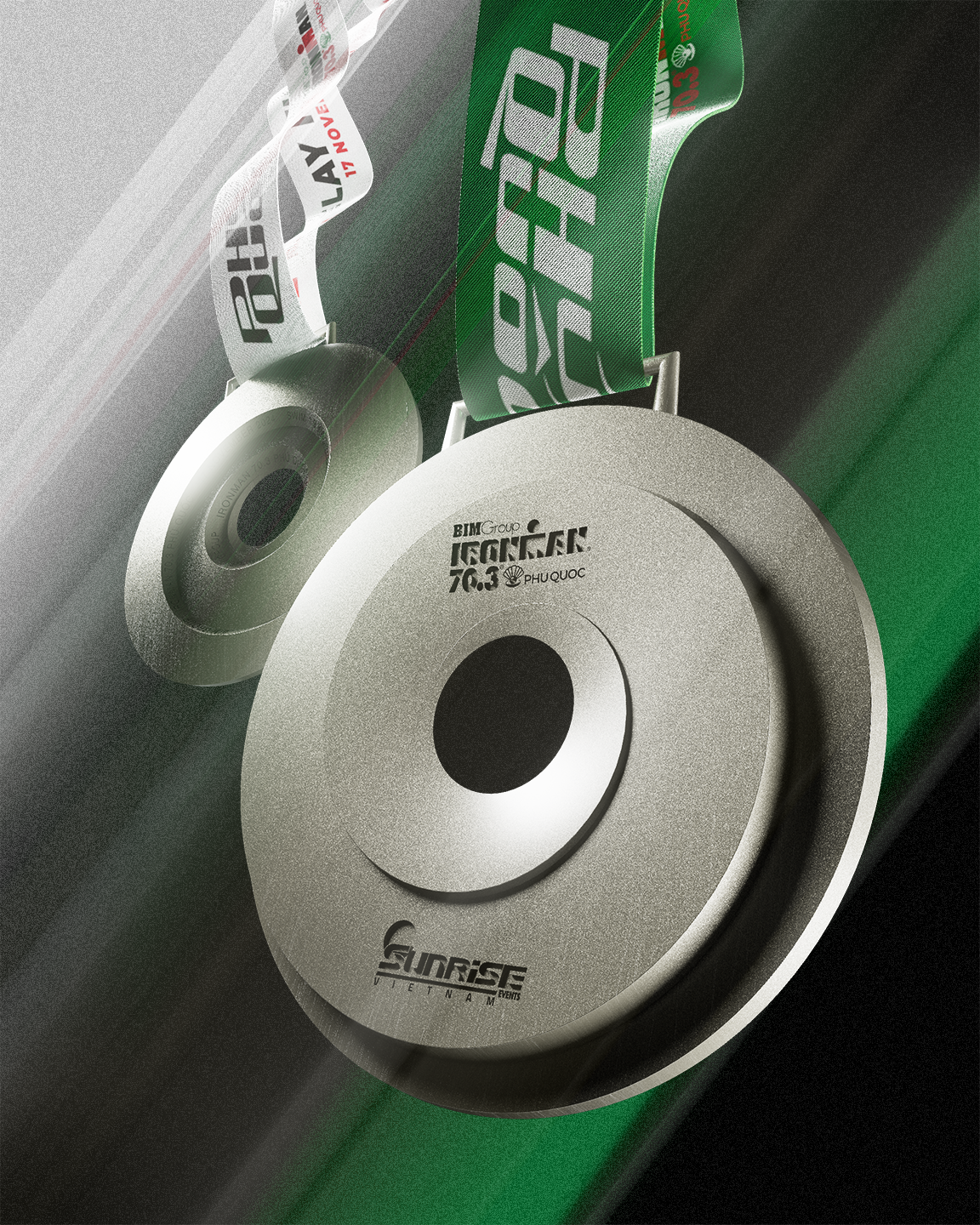
Process
The making process for this medal was surprisingly unique. I started with the idea of creating a smooth, continuous spiral that runs from the front of the medal to the back. Using a spline wrap with a helix as the base, I wrapped a long rectangular shape along it—but the result didn’t feel truly continuous. After a few trials, I realized the solution was to taper both ends of the rectangle, which finally gave the spiral a clean, uninterrupted flow. I also played with the banking on both sides to create a stronger spiral-down illusion. Once the form felt right, the event text was pressed onto the surface so it followed the curve naturally.
With the design taking shape, I worked with the production team at Rice to bring the medal into the real world. We started by 3D-printing the first prototype, reviewing its look and feel before fine-tuning the final form. The finished medal was made using an iron-casting process and coated with a pearl-like finish, refering back to the identity of Phu Quoc.
With the design taking shape, I worked with the production team at Rice to bring the medal into the real world. We started by 3D-printing the first prototype, reviewing its look and feel before fine-tuning the final form. The finished medal was made using an iron-casting process and coated with a pearl-like finish, refering back to the identity of Phu Quoc.









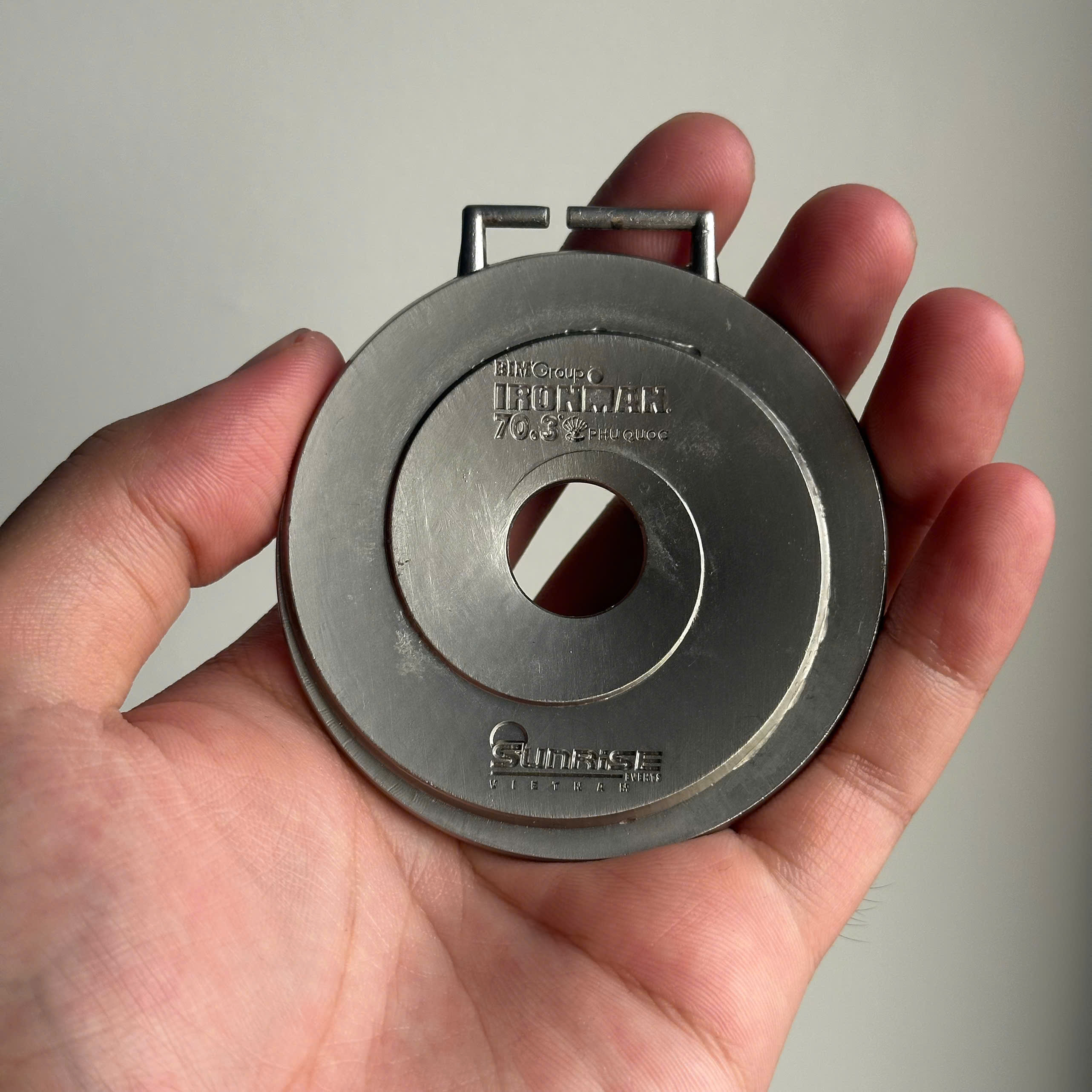
Vĩnh Legosi
Creative
Rice Studios
Scope of work
Product Design
3D Visualization
Asset
POSTHUMAN.LAB (Ring)
Mohamed TELDJOUN (Robotic Arm)
Rice Studios
Scope of work
Product Design
3D Visualization
Asset
POSTHUMAN.LAB (Ring)
Mohamed TELDJOUN (Robotic Arm)
VĨNH is a luxury jewelry and fashion brand from Vietnam. Honoring creativity and embrace new perspectives
new philosophies of luxury.
As part of Vĩnh’s rebrand, I had the opportunity to contribute to the production and packaging design—specifically, the development of the jewelry box. At Rice, we saw this as a moment to rethink what a jewelry box could be, approaching it with a spirit of pioneering design and avant-garde. The aim was to merge craftsmanship with precise machining, creating an object that felt both sculptural and functional.
To capture the essence of the brand, I drew inspiration from the silhouette of the Vĩnh Legosi logomark and began sketching early concepts. I considered every aspect: How would someone interact with the box? How should it open? How could it remain practical in a variety of situations while staying true to the brand’s vision? These questions shaped the process—from conceptualization and R&D to the final form.
The finished piece is a solid, magnetic aluminum box designed to hold rings and small accessories, produced through CNC machining. Its sharp, angular exterior contrasts with the organic structure of the inner compartment—featuring velvet-lined forms tailored for the jewelry. This interplay between precision and softness creates a harmonious balance, allowing both elements to elevate one another when assembled.
As part of Vĩnh’s rebrand, I had the opportunity to contribute to the production and packaging design—specifically, the development of the jewelry box. At Rice, we saw this as a moment to rethink what a jewelry box could be, approaching it with a spirit of pioneering design and avant-garde. The aim was to merge craftsmanship with precise machining, creating an object that felt both sculptural and functional.
To capture the essence of the brand, I drew inspiration from the silhouette of the Vĩnh Legosi logomark and began sketching early concepts. I considered every aspect: How would someone interact with the box? How should it open? How could it remain practical in a variety of situations while staying true to the brand’s vision? These questions shaped the process—from conceptualization and R&D to the final form.
The finished piece is a solid, magnetic aluminum box designed to hold rings and small accessories, produced through CNC machining. Its sharp, angular exterior contrasts with the organic structure of the inner compartment—featuring velvet-lined forms tailored for the jewelry. This interplay between precision and softness creates a harmonious balance, allowing both elements to elevate one another when assembled.




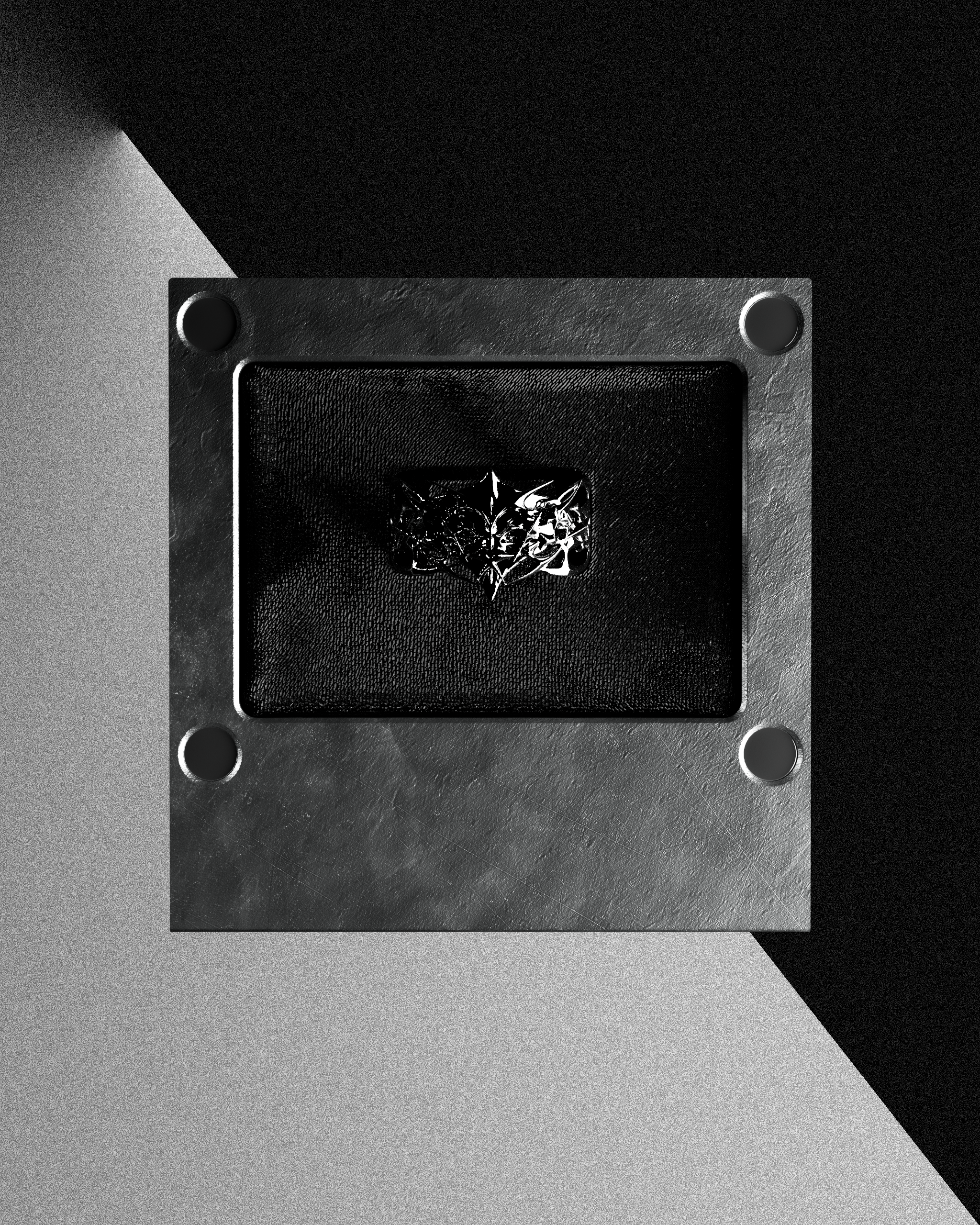


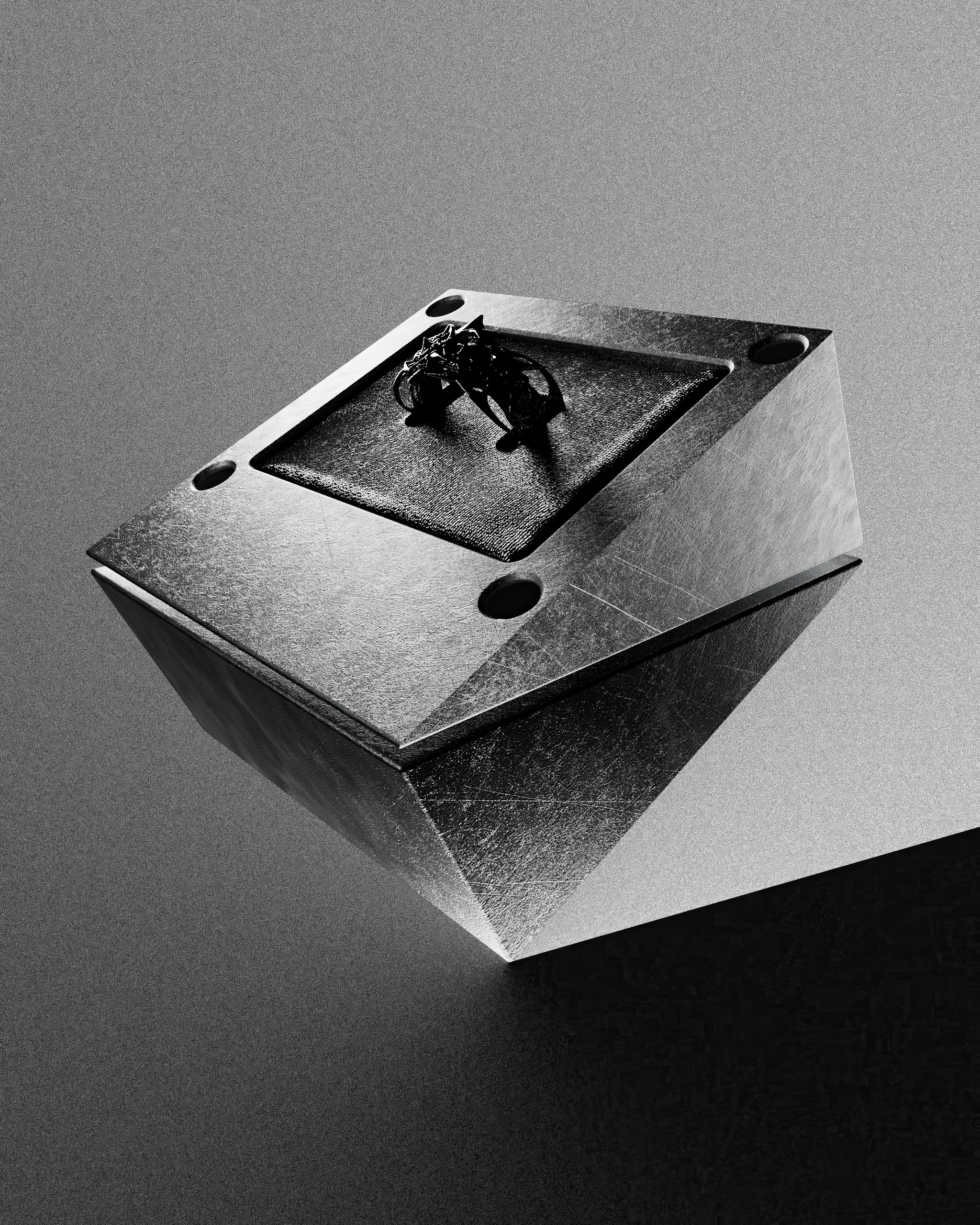



Process
Since this was one of my first projects involving a real, functional object that would be produced with CNC precision, I needed a workflow I could fully trust. CAD modeling turned out to be the most reliable choice. I used Plasticity as my main tool, and it quickly proved to be intuitive, flexible, and great for testing different ideas and variations. It’s a tool I see myself using more in the future, especially for projects that need both accuracy and creative freedom.


